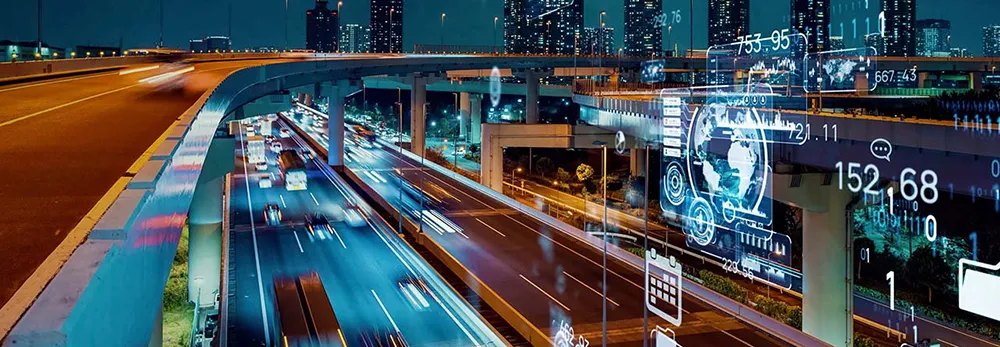Nexcom’s VMC 3000 vehicle mounted computer is being used as an all-in-one system to manage changeable working conditions to optimise the logistics service of a company supplying mines in the Appalachian Mountains.
Through the use of Red Dog Logistic’s software, VMC 3000 offers a comprehensive tracking system. With orders, vehicle details, traffic and weather information gathered and shared in real-time among drivers and dispatchers, the mining logistics service can deliver required material to mining site
September 26, 2013
Read time: 2 mins

Through the use of Red Dog Logistic’s software, VMC 3000 offers a comprehensive tracking system. With orders, vehicle details, traffic and weather information gathered and shared in real-time among drivers and dispatchers, the mining logistics service can deliver required material to mining sites in an efficient, safe and eco-friendly manner.
The VMC 3000 has a 265mm (10.4”) touch screen, GPS, Wi-Fi and 3G connection as well as I/O interfaces and integrated dashboard and cabin cameras which can stream live videos to the dispatch centre if requested. This heavy-duty one-piece design not only acts as a vehicle data logger, communication centre and video storage, it also works in conjunction with thermal printers, cameras, tank measure sensor and an RFID reader for driver login. The system allows drivers to communicate with dispatchers, select the quickest route to their destination, receive new assignments, print shipping documents, check vehicle status and tank volume, prevent material spills with real-time monitoring and get weather alerts.
Dispatchers can also track vehicle and freight locations, assign drivers’ new orders, regulate the traffic on mining sites, detect abnormal vehicle manoeuvres and offer assis-tance in case of an accident.







